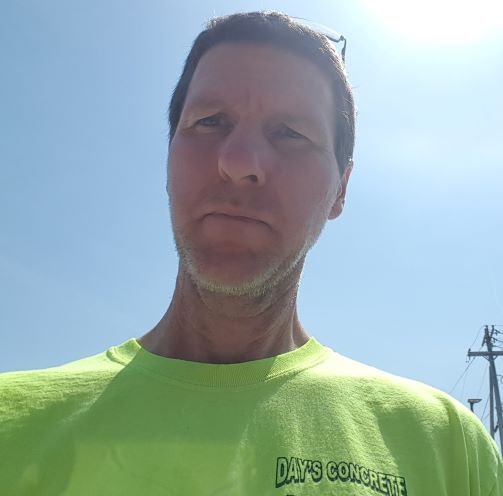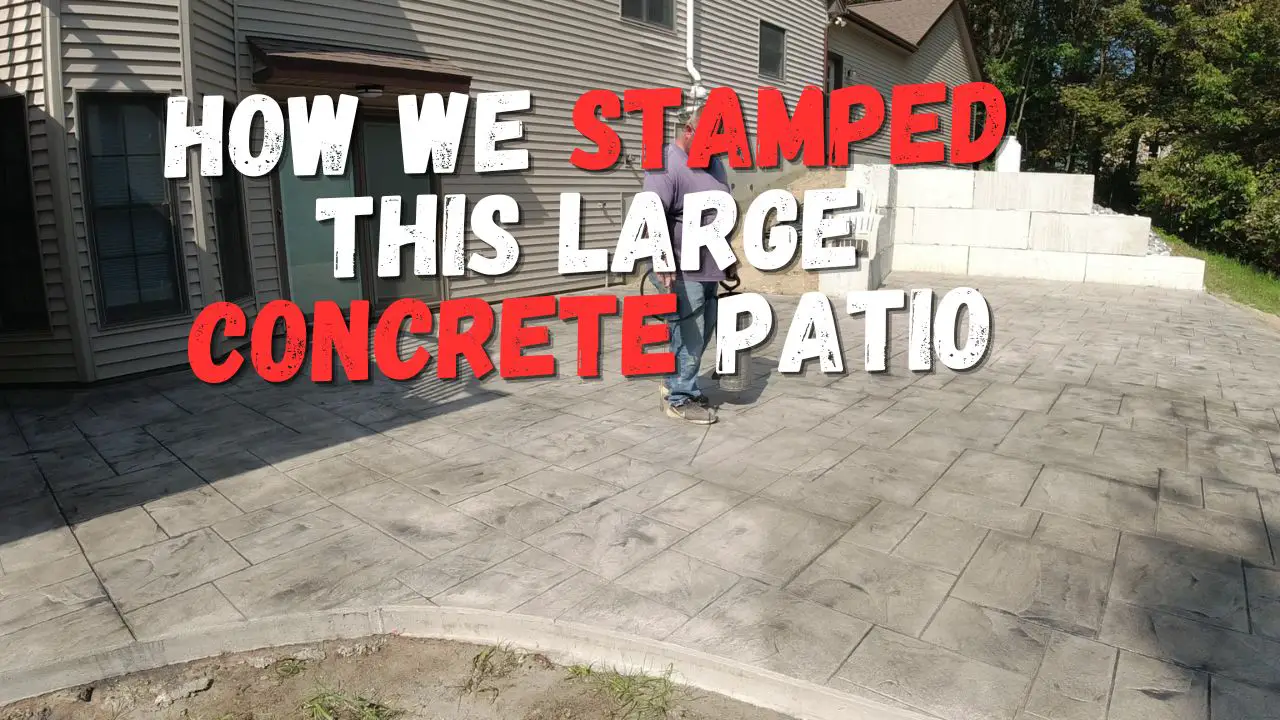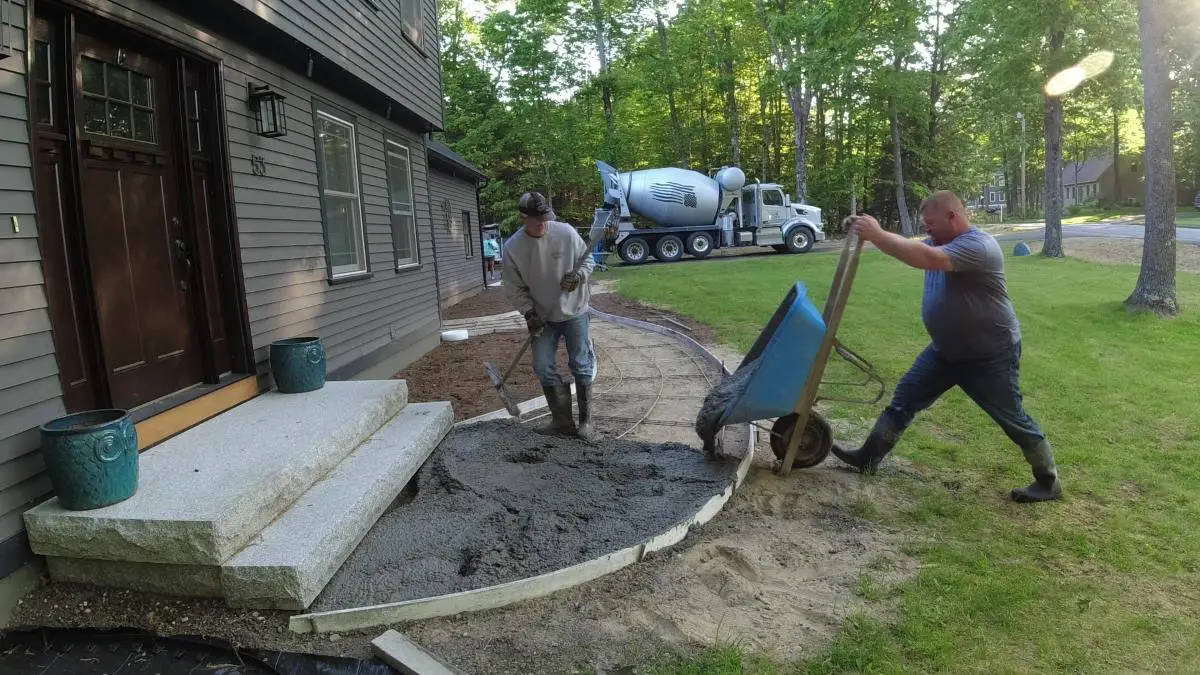How does concrete conduct electricity?
Concrete is made by combining different ratios of sand, cement, stone, gravel, and water. The chemical components of these materials, silicon, calcium, aluminum, and sulfur have ions that move across the concrete to conduct electricity.
 photo courtesy of Christopher Y Tuan at the University of Nebraska-Lincoln
photo courtesy of Christopher Y Tuan at the University of Nebraska-Lincolnwhy does concrete conduct electricity?
Mostly because of it's water content.
Concrete that's really dry actually has a high resistance to electricity. It's sometimes considered an insulator because there's very few free ions that can move freely across the concrete to conduct an electrical charge.
Water, or moisture, is a good conductor or electricity because of how easily ions can flow through it.
Damp, moist, or wet concrete along with the the chemical components silicon, calcium, aluminum, and sulfur add to its ability to conduct electricity.
is concrete a "good" conductor of electricity?
The simple answer is NO.
Concrete, especially very dry concrete, that's made up of Portland cement, aggregates, sand, and stone, has a very high electrical resistance and sometimes considered an insulator.
Electricity can flow by the movement of ions in electrolytes or by the electrons in metals & semi-conductors.
Dry concrete resists the flow of these but damp concrete contains an electrolyte that allows current to flow through it.
This electrolyte is made from the water-soluble conductive chemical compounds that are dissolved from the cement powder and are present in the mix water when pouring the concrete or from water that gets absorbed into the concrete like from a rain storm.
Once the concrete cures and is completely dry, electricity has a very difficult time passing through it.
can coal ash (fly ash or bottom ash) make concrete more conductive?
The addition of bottom ash to conventional concrete improves the conductivity of concrete and can be considered as a good ingredient for making conductive concrete. (Source)
During coal combustion, large amounts of ash are created. The very fine particles of ash (fly ash) rise up through the exhaust stacks.
what's used to measure the conductivity of concrete?
Concrete is a non-uniform mixture of different materials (cement, sand, stone, water) with an interwoven pore structure.
The moisture content in this pore structure, if high, will lead to a lower electrical resistance than if the concrete is very dry.
Generally electrical conductivity is difficult to measure but measuring electrical resistivity is a more accurate way of determining if concrete is conductive or not.
Electrical resistivity in concrete is found by how resistant it is to an electrical current when subjected to electricity.
Concrete does have capacitive properties, which means it can suppress an electrical charge.
Since DC (direct current) can produce high polarization effects, DC measuring techniques are not a suitable way to determine electrical resistivity.
Alternating current (AC) is used to measure the electrical resistivity of concrete.
When AC current passes through concrete, the ions in the pore structure align in a way they can allow current to pass in one direction. By doing this it allows for a way to measure resistivity.
The two methods to measure resistivity are:
- Two Point Uniaxial Method
- Wenner Probe Methos
can carbon fibers be added to concrete to make it more conductive?
Yes, the addition of carbon fiber to the concrete mix makes a slab of concrete more conductive to electricity.
Sometimes called "smart concrete", this more conductive concrete has the potential to help structural engineers identify trouble areas in concrete structures long before any deterioration or cracking is seen.
See the video below for more information:
what could conductive concrete be used for?
Conductive concrete made with steel fibers, steel shavings, and carbon particles can be used for roads, highways, bridge decks, airport runways and much more.
Adding an electrical charge to concrete made with these ingredients will heat the concrete and melt ice and snow.
See how good this works in the video below:














